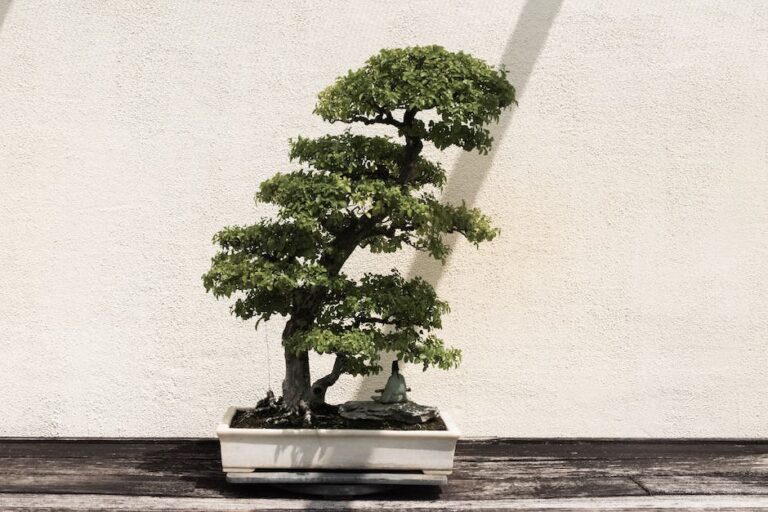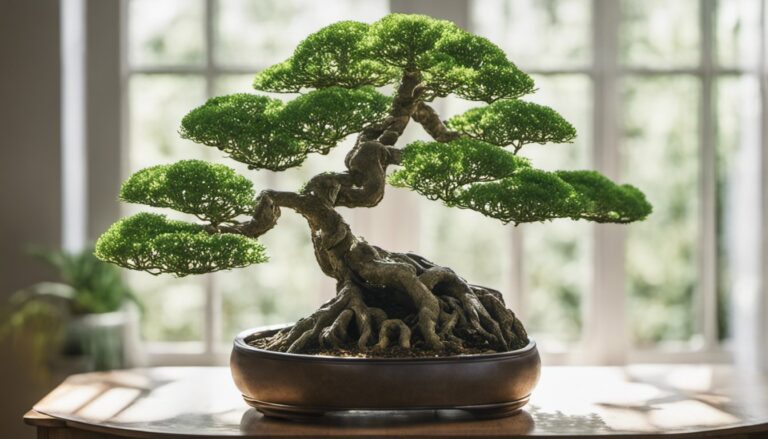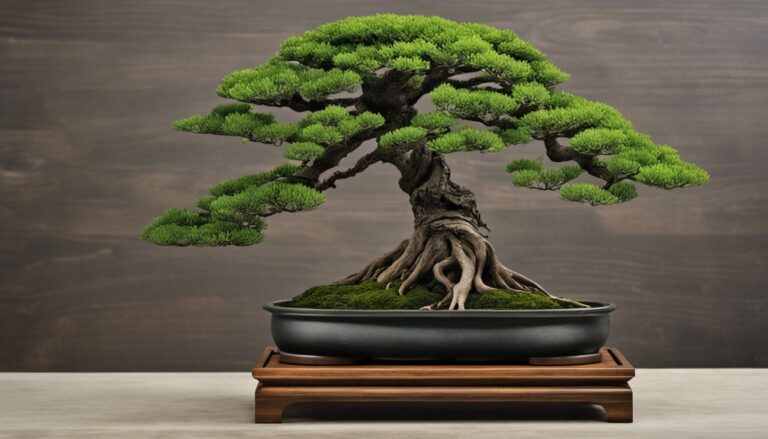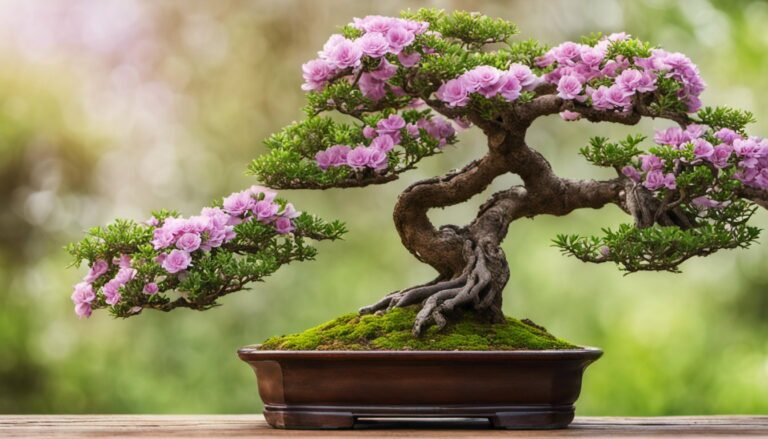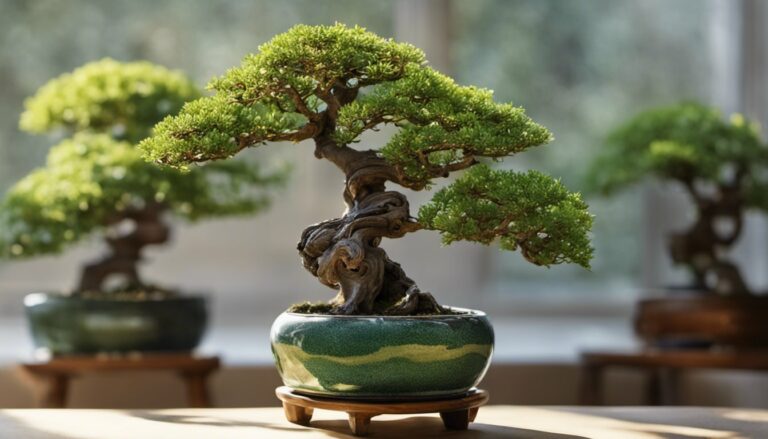Can You Bonsai Fruit Trees: A Beginner’s Guide
Do you love bonsai and want to take it to the next level by growing your own bonsai fruit trees? Imagine the joy of nurturing tiny trees that bear delicious fruits right in your own home or garden.
In this article about can you bonsai fruit trees, we will reveal the secrets to successfully growing and caring for bonsai fruit trees. You might be wondering if any tree species can be transformed into a bonsai, including fruit trees. The answer is yes!
Bonsai fruit trees are genetically identical to their full-sized counterparts, but they produce smaller yields. While you can’t change the size of the fruits, you can choose species with naturally petite fruits for a display with small-sized fruits.
Let’s explore the different species suitable for bonsai fruit trees, along with valuable care tips, pruning techniques, and feeding recommendations. Get ready to unlock the secrets to thriving bonsai fruit trees that will bring beauty and bountiful harvests to your miniature gardening world.
Key Takeaways
- Any tree species can be grown as a bonsai, including fruit trees.
- Bonsai fruit trees produce smaller yields compared to full-sized plants.
- Choose species with naturally petite fruits for a display with small fruits.
- Caring for bonsai fruit trees is similar to caring for standard bonsai trees.
Species Selection for Bonsai Fruit Trees
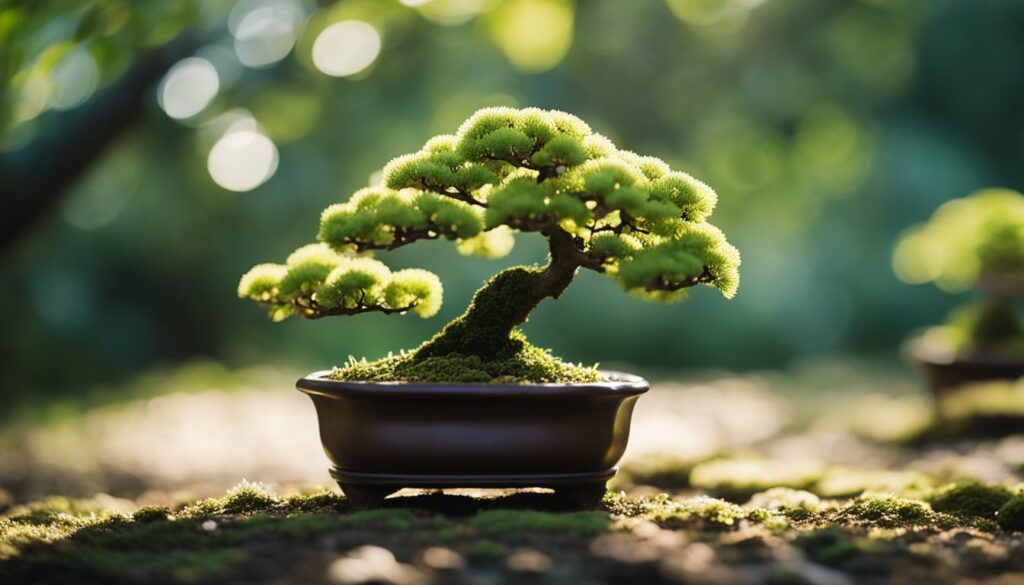
When selecting species for your bonsai fruit trees, consider experimenting with different varieties to find the perfect fit for your desired display. There are several suitable species to choose from, including crabapples, cherries, calamondin oranges, quince, key limes, Meyer lemons, blueberries, cotoneaster, little leaf linden, pomegranates, oranges, apples, and persimmons.
Each species will bring its unique characteristics and fruits to your bonsai collection. By trying out different species, you can discover which ones thrive in your specific climate, and which ones produce fruits that suit your aesthetic preferences.
Don’t be afraid to mix and match different species to create a diverse and visually appealing bonsai fruit tree collection. With experimentation, you can find the perfect combination of species that will bring beauty and enjoyment to your bonsai gardening experience.
Care Tips for Bonsai Fruit Trees
To ensure the health and productivity of your bonsai fruit trees, it’s important to follow these care tips.
Caring for bonsai fruit trees is similar to caring for standard bonsai trees. Fruit trees require a period of dormancy to produce fruits, and some trees need a certain number of chill hours to produce fruits.
When choosing a species, consider the sun exposure requirements for fruit production. Most fruit trees need to be grown outdoors, except for a few varieties that can be grown indoors.
Pruning techniques specific to bonsai fruit trees should be employed to maintain their shape and size. Additionally, all bonsai trees, including fruit trees, require fertilizer. Use a bonsai-formulated fertilizer and avoid fertilizing before fruit maturity.
Remember to provide a balance of nitrogen, phosphorus, and potassium for optimal fruit formation.
Pruning Techniques for Bonsai Fruit Trees
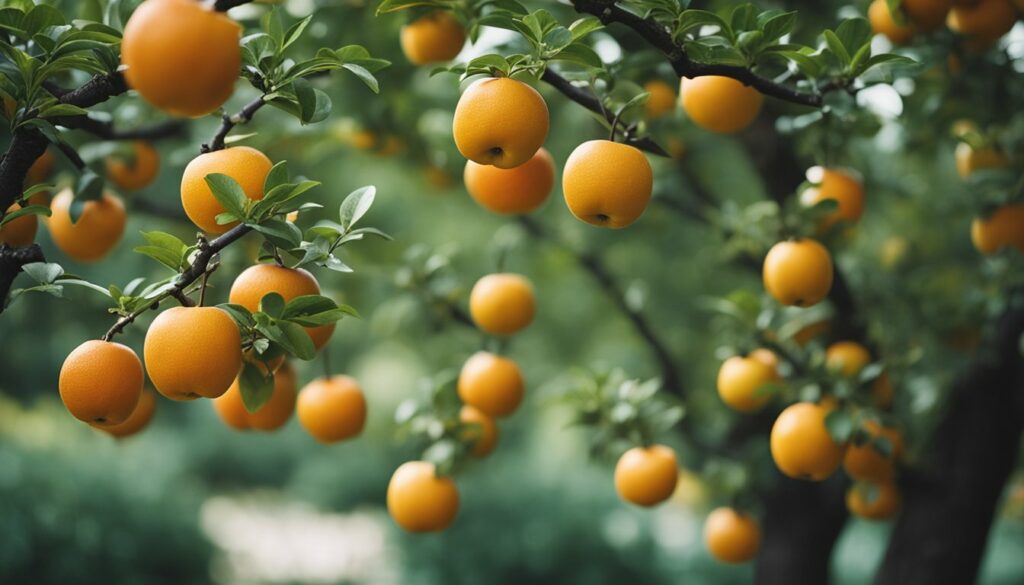
As you care for your bonsai fruit trees, it’s important to employ specific pruning techniques to maintain their shape and size. Pruning plays a crucial role in the overall health and appearance of your bonsai fruit tree.
One technique is known as ‘pinching,’ where you use your fingers to remove the tips of new growth. This helps to encourage branching and create a fuller, more compact tree.
Additionally, you can utilize ‘thinning’ to remove excess branches and foliage, allowing for better air circulation and light penetration.
It’s essential to regularly prune your bonsai fruit tree to control its size and shape, ensuring that it remains in harmony with the bonsai aesthetic while also promoting healthy growth and fruit production.
Feeding Bonsai Fruit Trees
As you care for your bonsai fruit trees, an essential aspect to consider is how to properly feed them to ensure optimal growth and fruit production. All bonsai trees, including fruit trees, require fertilizer to provide them with the necessary nutrients. When it comes to feeding your bonsai fruit trees, using a bonsai-formulated fertilizer is recommended, as there is no need for a special fertilizer specifically for fruit species. Slow-release fertilizers are convenient as they provide nutrients for months, reducing the frequency of fertilization. It is important to fertilize according to the species’ needs, avoiding fertilization before fruit maturity. While nitrogen, phosphorus, and potassium are essential nutrients, potassium is not necessary for fruit formation. By providing your bonsai fruit trees with the right nutrients, you can ensure their health and encourage fruit production.
| Title | Content |
|---|---|
| Feeding Bonsai Fruit Trees | – Use bonsai-formulated fertilizer |
| – Slow-release fertilizers are convenient | |
| – Fertilize according to species’ needs | |
| – Avoid fertilization before fruit maturity | |
| – Potassium is not necessary for fruit formation |
Sun Exposure Requirements for Fruit Production
For optimal fruit production in your bonsai fruit trees, it’s crucial to understand the sun exposure requirements.
Most fruit trees require full sun exposure, which means they need at least six to eight hours of direct sunlight each day. This is necessary for photosynthesis, which is the process that allows the tree to produce energy and grow fruits. Without enough sunlight, the tree may become weak and produce fewer or smaller fruits.
However, it’s important to note that some fruit tree species can tolerate partial shade, especially during the hottest part of the day.
It’s recommended to research the specific sun exposure requirements of your chosen fruit tree species to ensure that it receives the right amount of sunlight for optimal fruit production.
Dormancy and Chill Hours for Fruit Production
To ensure optimal fruit production in your bonsai fruit trees, it’s crucial to understand the importance of dormancy and chill hours.
Dormancy is a natural period of rest that fruit trees go through during winter. It allows the trees to conserve energy and prepare for the next growing season. During this time, the tree’s metabolic processes slow down, and growth is temporarily halted.
Chill hours, on the other hand, refer to the number of hours a tree needs to be exposed to temperatures between 32 to 45 degrees Fahrenheit in order to break dormancy and produce fruit. Different fruit tree species have different chill hour requirements, so it’s essential to research and provide the appropriate conditions for your bonsai fruit trees to thrive.
(Source: Fruit Tree Dormancy and Chill Hours)
Indoor Vs. Outdoor Growing for Bonsai Fruit Trees
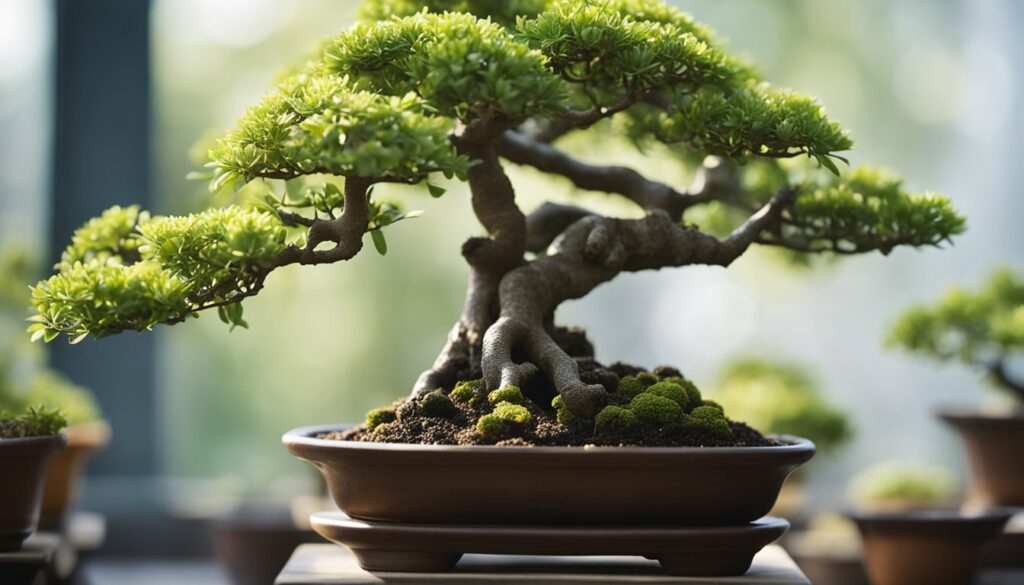
Consider whether you should grow your bonsai fruit trees indoors or outdoors. Both options have their advantages and disadvantages, so it’s important to weigh them before making a decision.
| Indoor Growing | Outdoor Growing |
|---|---|
| – Can be grown year-round | – Provides natural sunlight |
| – Easier to control temperature and humidity | – Allows for larger tree size |
| – Protection from pests and extreme weather conditions | – Provides better air circulation |
| – Requires artificial lighting | – Requires proper winter protection |
| – Limited space for root development | – Requires regular watering and fertilization |
Indoor growing allows you to have more control over the environment and protect your bonsai fruit trees from pests and harsh weather. However, you will need to provide artificial lighting and ensure proper temperature and humidity levels. On the other hand, outdoor growing provides natural sunlight, better air circulation, and allows for larger tree sizes. However, you will need to protect your trees during winter and ensure regular watering and fertilization. Ultimately, the choice between indoor and outdoor growing depends on your specific circumstances and preferences.
Conclusion
In conclusion, growing bonsai fruit trees can be a rewarding and fulfilling experience. By selecting the right species, providing proper care, pruning effectively, and ensuring appropriate sun exposure and dormancy, you can cultivate thriving bonsai fruit trees that will bring beauty and bountiful harvests to your home or garden.
So go ahead and embark on this journey into the world of miniature gardening and discover the secrets to thriving bonsai fruit trees.


